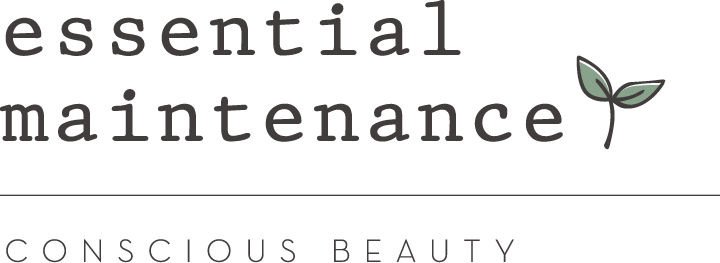Who Invented Sugaring?
The story of beauty and hair removal practices is as old as civilization itself, with various methods emerging from different parts of the globe. Among these, one of the most fascinating and ancient techniques is sugaring. But who first invented this hair-removal process that's still widely used today?
Sugaring, often referred to as Persian waxing, has its roots in ancient times. Historical records suggest that it was first practiced in the Middle East, primarily in Persia (modern-day Iran) around 1900 BC. Therefore, it's challenging to attribute the invention of sugaring to a single person. Instead, it is more accurate to say that it is the collective invention of ancient Persian society.
So why was sugaring invented? In many ancient cultures, hairlessness was often associated with purity, cleanliness, and beauty. To achieve this, various hair removal methods were adopted. Among these, sugaring emerged as a preferred technique because it was effective, minimally painful, and could be performed with readily available natural ingredients like sugar, lemon, and water. These ingredients were cooked together until they formed a paste, which was then used to remove hair from the root.
Over time, the process of sugaring has seen many refinements but the basic concept remains the same. The sugar paste or gel used today is similar to the original concoction, albeit with a few enhancements for better efficiency and skin health. Now, it is often combined with other ingredients such as essential oils, which are known for their skin-friendly properties. Moreover, the popularity of sugaring has spread worldwide, with the technique being incorporated into the beauty regimen of various cultures.
From its inception in the Middle East, sugaring has travelled across continents and evolved with unique regional variations. In North Africa, for example, women have gatherings known as 'sugar parties' where they help each other with the sugaring process. These gatherings are not only about beauty and hygiene but also serve as social events where women can bond and share stories.
Today, sugaring stands as a popular choice among the numerous hair removal methods available. Compared to shaving, it offers longer-lasting results as it removes hair from the root. When pitted against waxing, many people find sugaring less painful and less likely to cause skin irritation. These factors, combined with its natural ingredients, make sugaring a preferred choice for many.
From ancient Persia to modern beauty salons, sugaring has withstood the test of time. Its unique blend of simplicity, effectiveness, and respect for skin health has helped it carve out a prominent place in the world of beauty treatments. Though we cannot attribute sugaring's invention to a single person, its impact on beauty and self-care routines throughout history is undeniably significant.
While we continue to innovate in the realm of beauty and personal care, it's important to look back and appreciate the ingenious methods devised by our ancestors - not least of which is the sweet and effective technique of sugaring.
Have you tried sugaring yet? You can visit us in our Bristol salon, located at 33 East Street, Bedminster, Bristol. We hope to see you soon.



